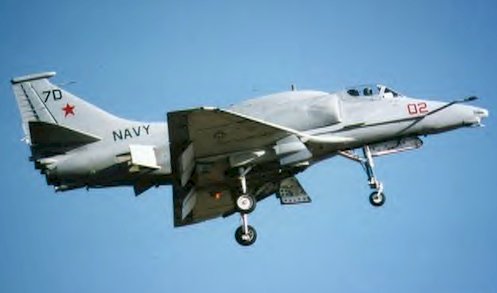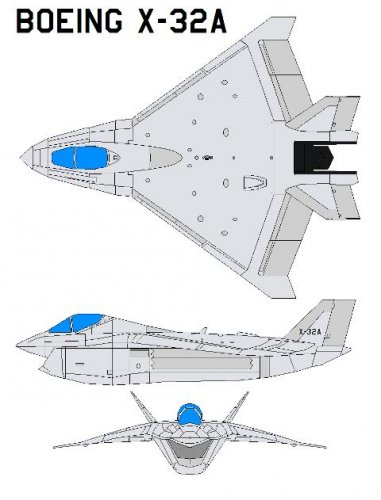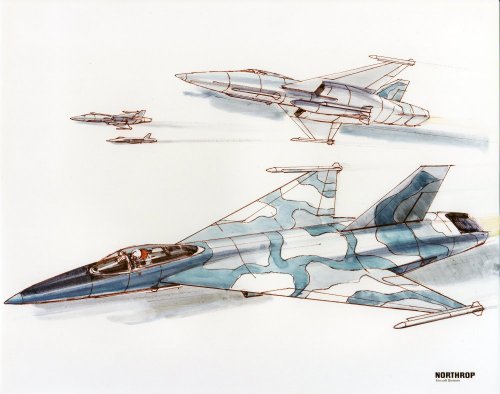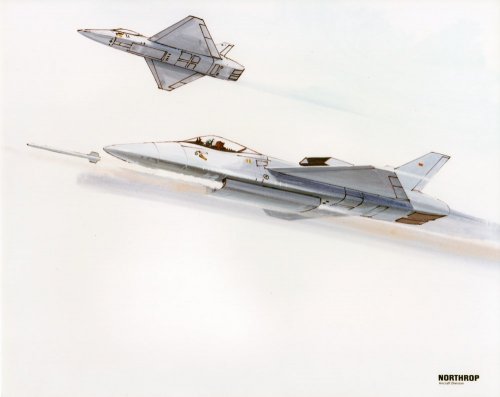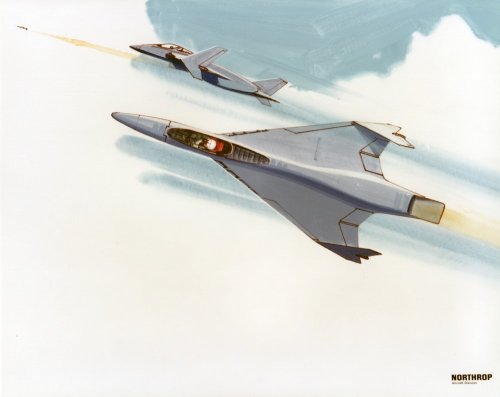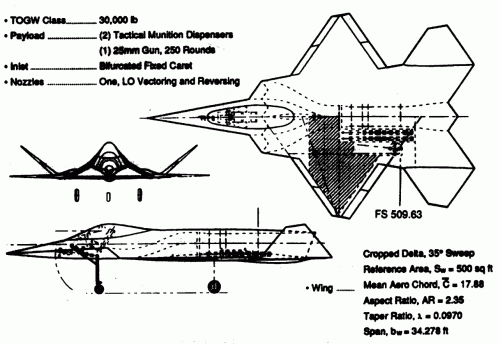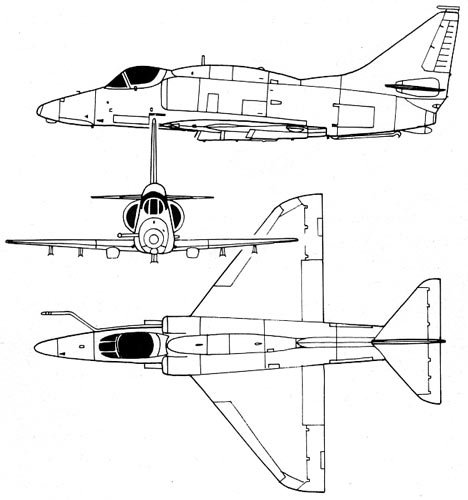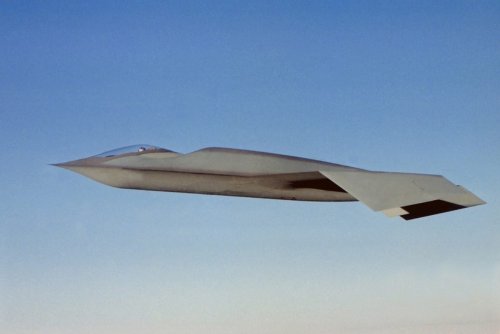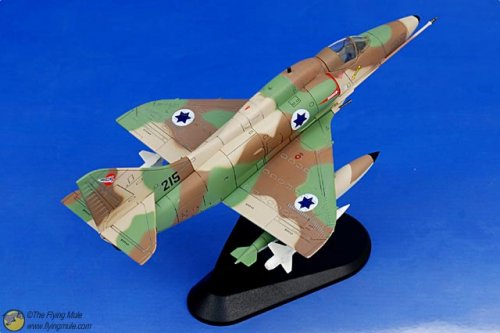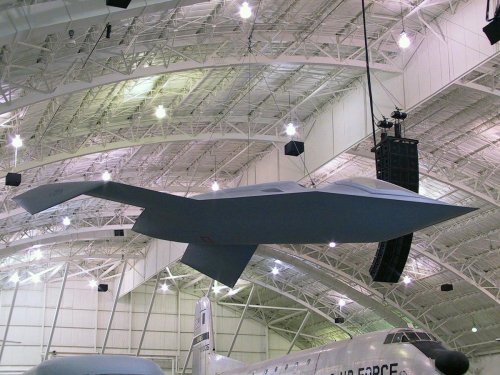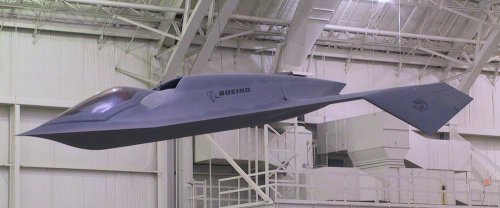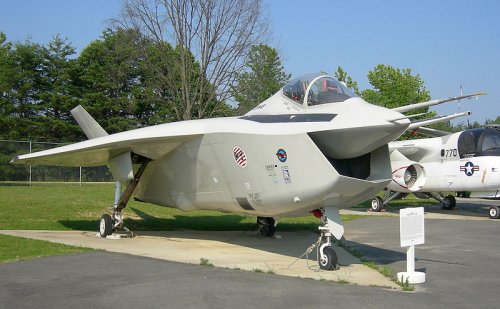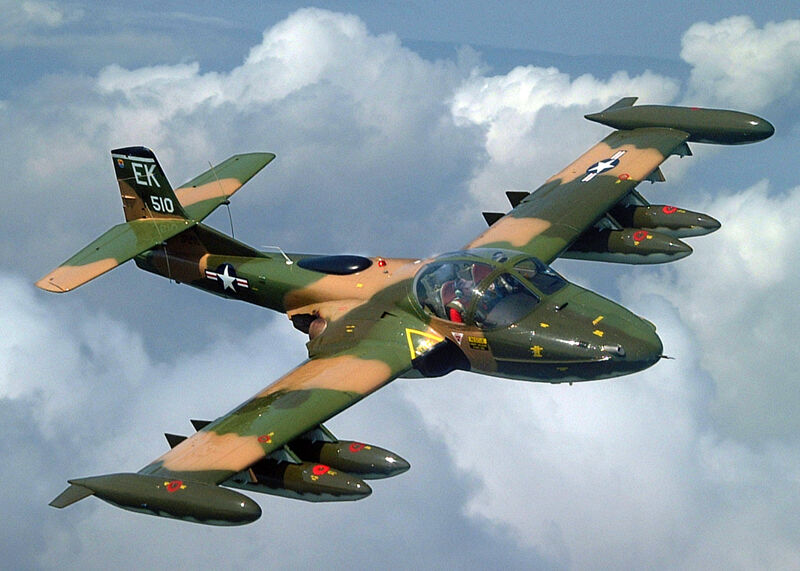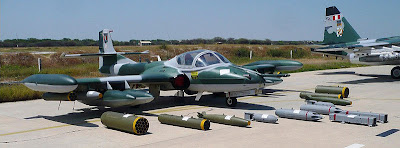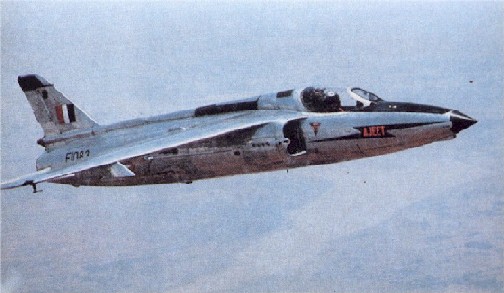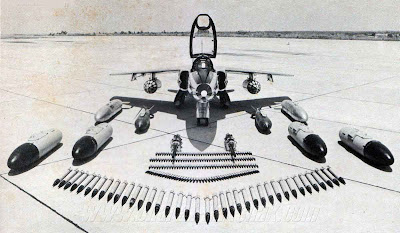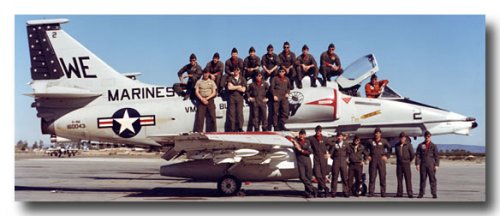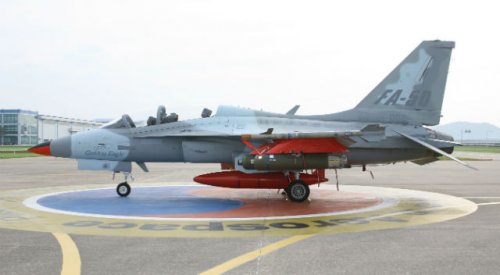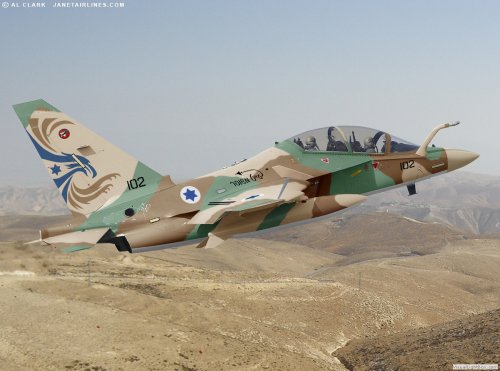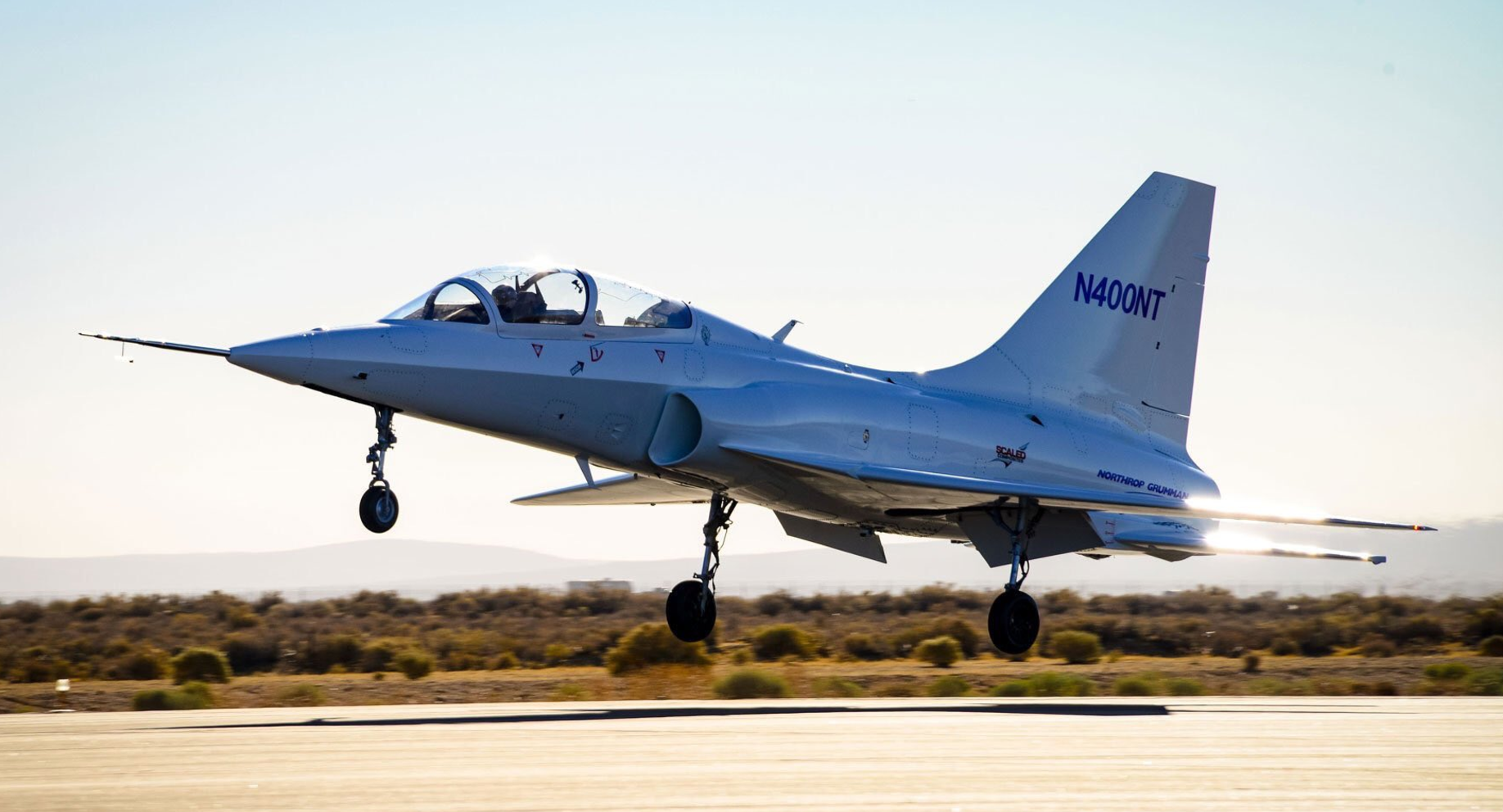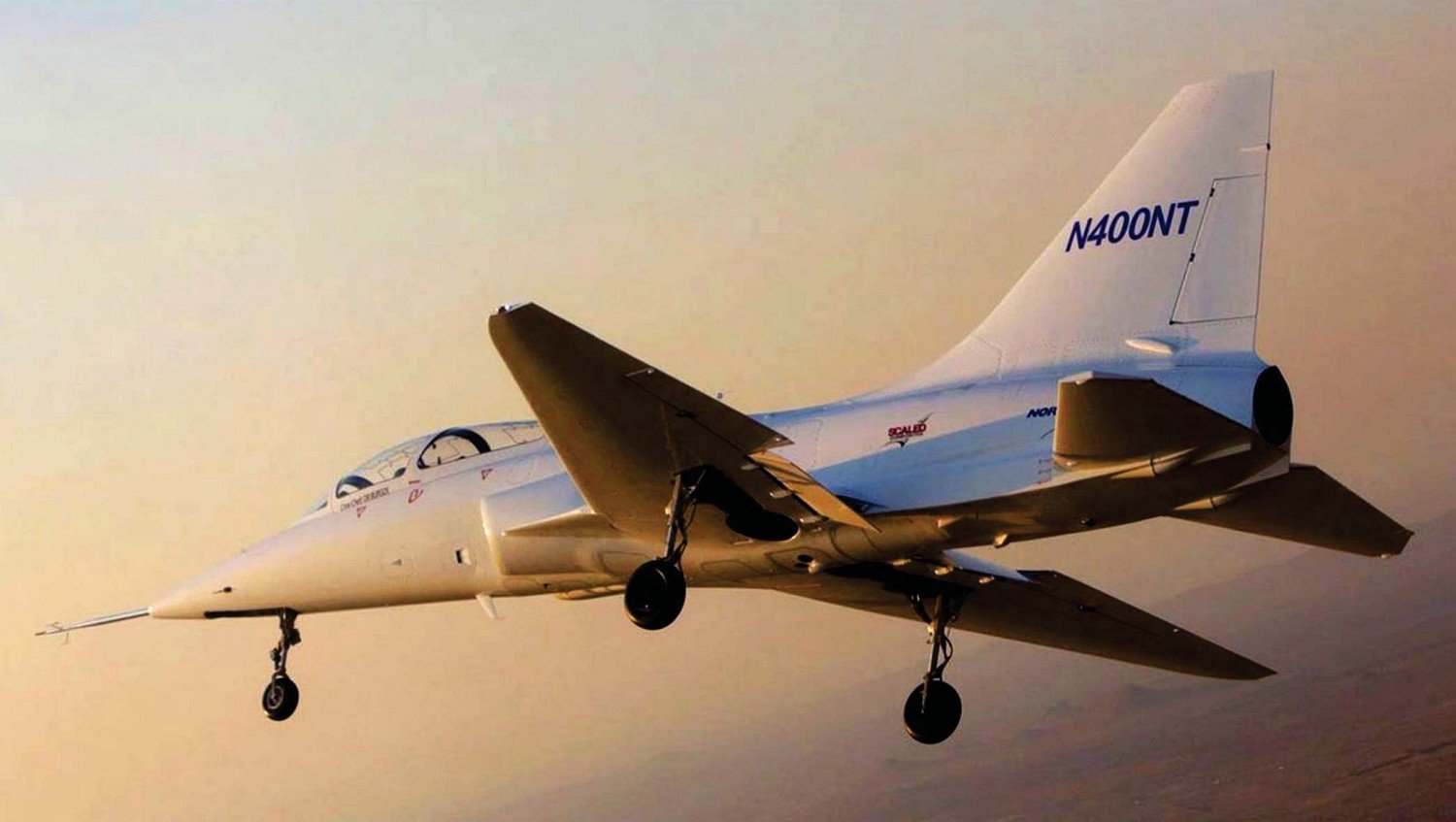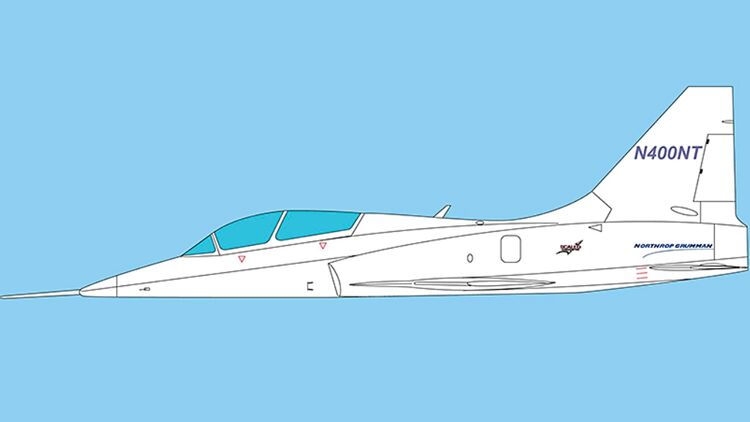The a-4 was absolutely loved by its pilots. Cheap and versatile (less than 600k ea when first introduced) Heinemann's hot rod was built for simplicity, ruggedness and performance. It was even more agile than the Mig-17s according to pilots. The last F404 powered version for Singapore (A-4SU) was spectacular in its performance.
Any thoughts on a next generation, rugged, simple, and cheap A-4 type aircraft built with the same things in mind that made the A-4 so great?
For the modern day add some stealth features, light weight materials, an f404 type engine, flyby wire, advanced shaping, etc. Have an air to air version, strike version and possibly a STOL version for the Marines. (I know, sounds like the JSF) BUT KEEP COST DOWN and the aircraft small like the A-4 was.
I talked to a person in the Navy who wasn't a big believer in the modern ever increasing complexity and cost in the new systems. He said many wanted more of a "numbers" philosophy that the A-4 represented, badly needed today. He also said many times on the ships the encrypted communications systems would fail or be jammed, and the simple morse code transmitters (80+) years old, would be able to punch thru the jamming for ship to ship and ship to aircraft communications. Just something to be said about simplicity in combat, and the things that work. That was the underlying philosophy of the A-4.
Anyway, back to the A-4. Would like to see some personal sketches of you're idea of a 21st century/modern A-4 would look like. I will add some of my sketches if others are interested, and are A-4 fans.
<iframe width="640" height="360" src="http://www.youtube.com/embed/BLMM_jf6Lwc?feature=player_detailpage" frameborder="0" allowfullscreen></iframe>
Any thoughts on a next generation, rugged, simple, and cheap A-4 type aircraft built with the same things in mind that made the A-4 so great?
For the modern day add some stealth features, light weight materials, an f404 type engine, flyby wire, advanced shaping, etc. Have an air to air version, strike version and possibly a STOL version for the Marines. (I know, sounds like the JSF) BUT KEEP COST DOWN and the aircraft small like the A-4 was.
I talked to a person in the Navy who wasn't a big believer in the modern ever increasing complexity and cost in the new systems. He said many wanted more of a "numbers" philosophy that the A-4 represented, badly needed today. He also said many times on the ships the encrypted communications systems would fail or be jammed, and the simple morse code transmitters (80+) years old, would be able to punch thru the jamming for ship to ship and ship to aircraft communications. Just something to be said about simplicity in combat, and the things that work. That was the underlying philosophy of the A-4.
Anyway, back to the A-4. Would like to see some personal sketches of you're idea of a 21st century/modern A-4 would look like. I will add some of my sketches if others are interested, and are A-4 fans.
<iframe width="640" height="360" src="http://www.youtube.com/embed/BLMM_jf6Lwc?feature=player_detailpage" frameborder="0" allowfullscreen></iframe>

